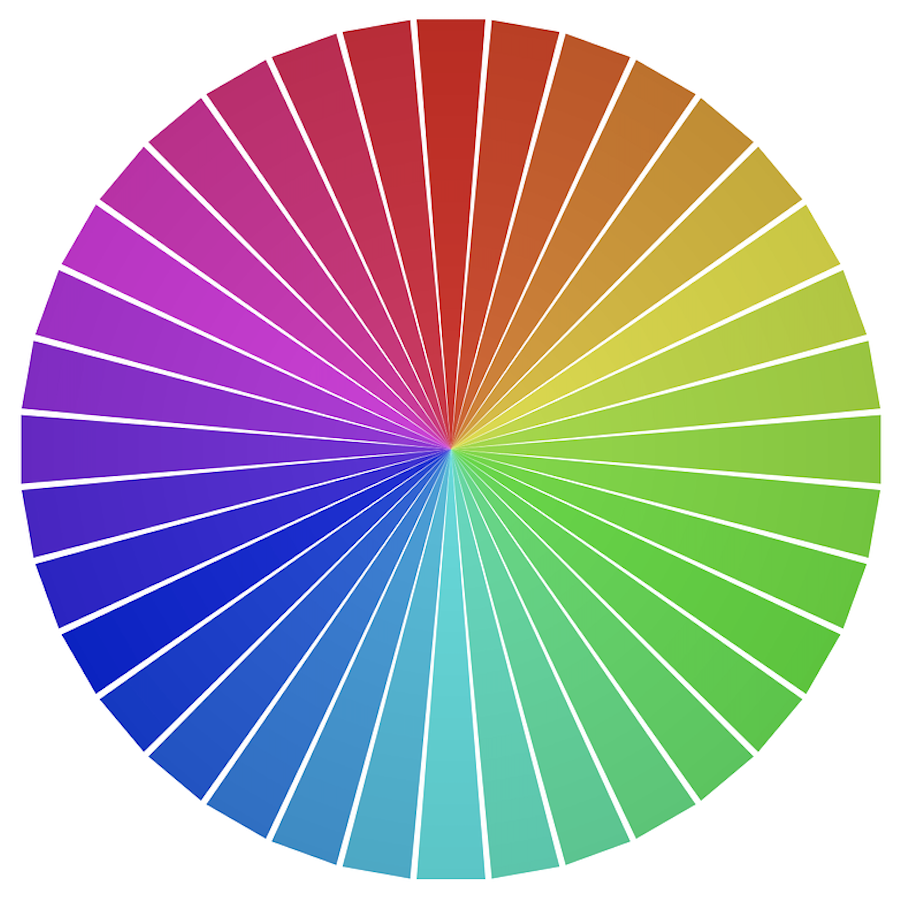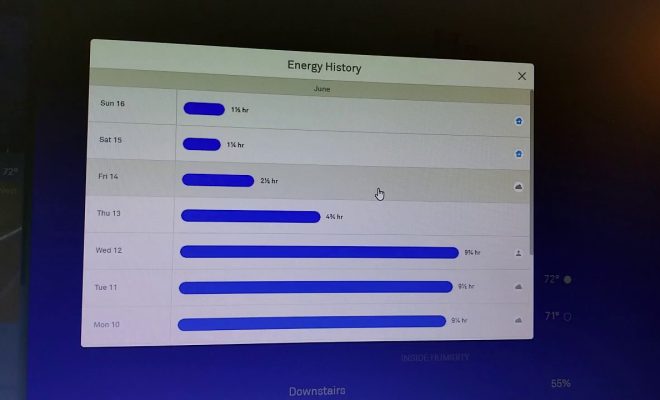Looks Do Matter: How Visuals Shape eLearning

Visuals can be used in most disciplines to complement learning. Short film and television clips, videos, high-resolution images, illustrations, and photographs all contribute to a student’s understanding of a subject. Visuals are the most powerful aspect of eLearning.
Most learners get bored or feel intimidated when they are faced with pages of text, while visuals grab the attention and often convey concepts more clearly than words.
Human beings are visual by nature, so it makes sense to use this skill to improve learning and retain new information. Humans process visual data better than any other type of data. The human brain processes images 60,000 times faster than text, and 90 percent of information transmitted to the brain is visual.
How visuals enhance learning
Well-Chosen visuals in an eLearning course make it visually appealing and enticing for learners to explore, but visuals offer many other benefits.
1. Visuals are much better than text at simplifying complex concepts. For instance, chemical processes can be illustrated with charts, infographics, or videos.
2. Visuals enhance learning. Research has shown that information is retained longer and with more accuracy if learners encounter it in a visual format.
3. Visuals accelerate learning, especially when concepts are presented with relevant images. This is the optimal way to present information as students remember more information compared to just reading or hearing it. We often comprehend an image instantaneously while text takes time to absorb.
4. Visuals present information in a concise, summarized format, so students don’t feel overwhelmed by information overload. This aspect also makes the information easier to learn and recall.
Visual design and instructional design
Visual design is important but shouldn’t overshadow the instructional design. Instructional design is primarily about content, learning goals, and performance. It aims to transfer knowledge, teach skills, or change attitudes and behavior. Visual design, on the other hand, is responsible for the color palette, the typeface, the layout and navigation, and the presentation of visual elements like videos, images, infographics, and charts to illustrate the information.
Both visual design and instructional design are essential for the creation of eLearning courses. They must work together. Visual design is the first thing that attracts the attention, but it mustn’t be so absorbing that it distracts from the information being presented. On the other hand, great instructional design will go unnoticed if the visual design is poor. When learners have trouble reading the type or are distracted by too many colors and visual elements, or struggle to navigate the study material, then the visual design has failed.
Instructional designers and graphic designers need to work together to produce quality eLearning courses. Usually, the visual design strategy is discussed with a graphic artist after an overall look at the content.
There are several deadly sins to avoid when attempting eLearning course design; one of them is to ignore the importance of visual design and the fact that it must be implemented in tandem with instructional design.






